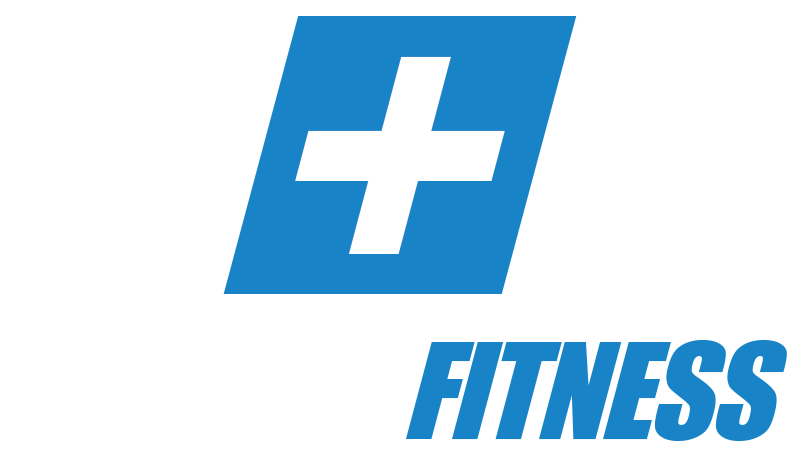
Acute Low Back Pain
Muscle Spasm Release Routine for Quick Relief
by Tim Keeley01 Oct 2025
When your spine is in this “guarding” mode, normal stretches and core rehab exercises often feel impossible. That’s why I use this muscle spasm release routine in the clinic — it’s a gentle way to calm spasm, unlock movement, and prepare your back for proper rehab.
This routine is perfect:
✅ As a morning back pain relief routine when you wake up stiff or locked up.
✅ During the first stage of a disc bulge flare-up.
✅ As a bridge back to your normal lower back exercises.
What Causes Acute Low Back Pain Muscle Spasm?
When the lower back tissues are irritated — from a disc bulge, strain or overload — the surrounding muscles tighten to protect the area. This muscle guarding can make your spine feel jammed and painful.
Unfortunately, the more the muscles spasm, the harder it is to move. The key is gentle, controlled movement that reassures your nervous system, reduces spasm and gradually restores motion.
4 Best Exercises for Acute Low Back Pain and Muscle Spasm Release
Below are the four back pain relief exercises we use to help patients unlock their spine and reduce spasm. Do them slowly, within a comfortable range.
1️⃣ Pelvic Tilts – Gentle Lumbar Mobilisation
How to do it:
Tips:
Reps: 10 slow tilts (5–10 sec each), 2–3 sets.
Why it works: Reduces the locked-up extension posture and calms lower back spasm.
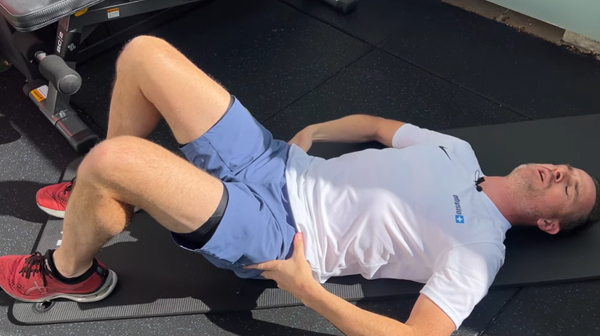
2️⃣ Controlled Rotations – Easy Lumbar Spine Rotation
How to do it:
Tips:
Reps: 5 each side (10 total), rest, repeat 2–3 sets.
Why it works:Encourages gentle lumbar rotation, reduces guarding, and reassures your nervous system.
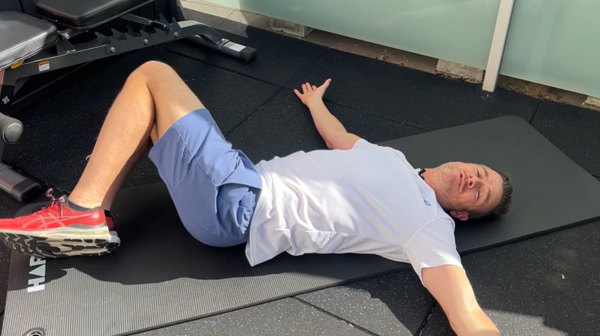
3️⃣ Pelvic Rocks – Sitting Back Spasm Release
How to do it:
Tips:
Reps: 10 rocks each side, 2–3 sets.
Why it works:Activates and releases the big back extensors (and QL muscles) to break the spasm cycle.
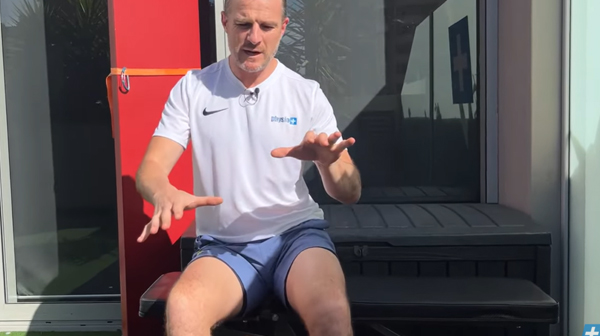
4️⃣ Back Block Traction – Gentle Lumbar Decompression
How to do it:
Tips:
Optimal progression: Raise arms overhead for extra traction if comfortable.
Duration:Up to 1 minute only in the acute stage.
Why it works:Creates gentle unloading and gapping of the lumbar spine, which can relieve pressure during acute disc or spasm episodes.
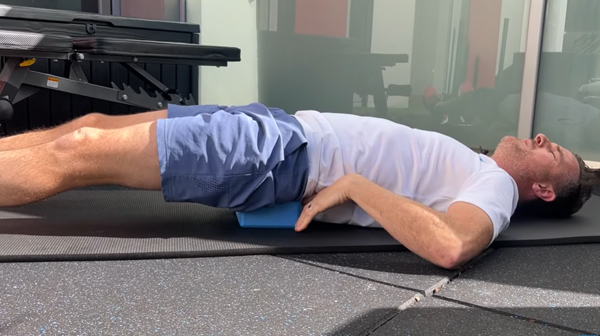
How to Use This Acute Back Pain Routine
1. Start with Pelvic Tilts and Controlled Rotations while lying down.
2. Progress to Pelvic Rocks once you can sit up.
3. Finish with Back Block Traction if it feels relieving.
4. When spasm settles, return to your normal mobility and core strengthening program to address the underlying cause.
Key Takeaways for Back Pain Relief at Home
Watch the Full Routine on YouTube
🎥 Acute Low Back Pain – Muscle Spasm Release Routine
See each exercise demonstrated step-by-step to help you through your flare-up at home.
Still in pain? We can help.
If your acute low back pain or muscle spasm isn’t easing with these gentle exercises, our experienced physiotherapists at Physio Fitness Bondi Junction specialise in evidence-based treatment for back pain and sports injuries. We’ll assess your movement, identify the cause and guide you through a personalised rehab plan to get you moving confidently again.
👉 Book your consultation today or call us on (02) 9389 9100 to start your recovery.
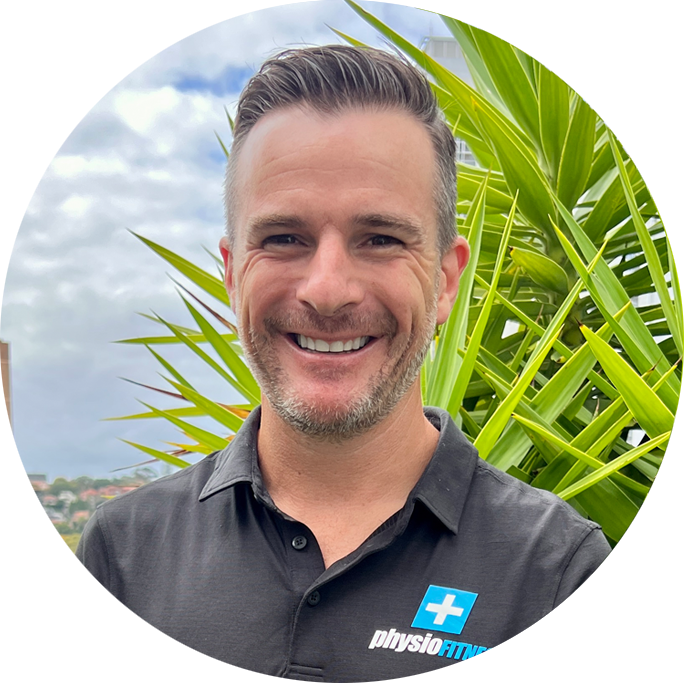
Principal Physiotherapist
